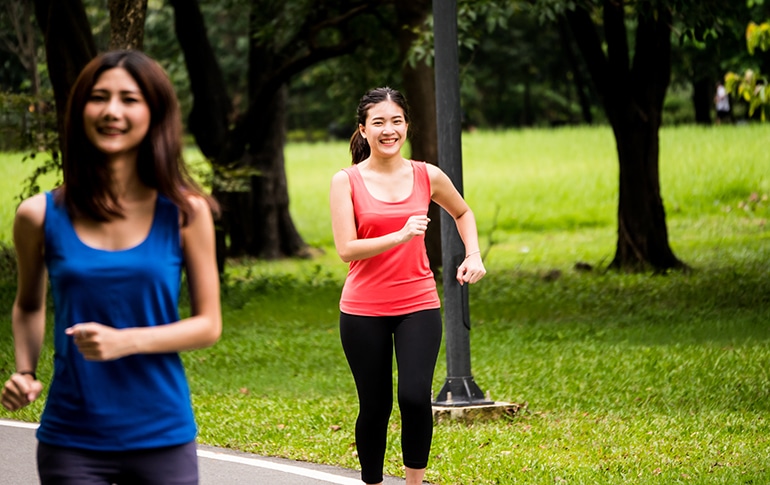
As physiotherapists, we focus on the study of the function of the human body, or “physiology,” and aim to promote, maintain, or restore health through physical examination, diagnosis, prognosis, patient education, physical intervention, rehabilitation, disease prevention, and health promotion.
We achieve these goals through a combination of passive and active interventions. Passive interventions are those performed on the patient and include modalities such as dry-needling, taping, strapping, manual therapy, mobilizations and tractions, electrotherapy, and heat and ice packs. These are particularly useful for pain relief and when the injury is in the acute stage.
Active interventions, on the other hand, focus on improving the core components of fitness such as muscle strength, cardiovascular fitness, muscle endurance, body composition, and flexibility. These interventions target functional deficits following an injury or disease or improve overall fitness as a preventative measure against ill-health. For example, before surgery, a patient will undergo “prehabilitation” to reduce recovery time post-surgery.
As physiotherapists, our goal is to help you achieve a body that feels fit and strong, and capable of performing any activity required of you, be it on a sports field, at work, or in your daily tasks around the house and garden. We strive to build a sense of capability between you and your body, which is referred to as self-efficacy.
Active interventions are particularly useful in this regard, as you get to see firsthand how your body responds when demand is placed upon it. For example, when the goal is to strengthen a specific muscle group, we gradually increase the amount of repetitions, sets, intensity, or frequency at which you perform the exercise. This allows you to witness the muscle becoming stronger and capable of handling a higher workload over a period of a few weeks. This gradual increase in workload over time is referred to as progressive overload.
When it comes to selecting exercises for you as a patient, we like to make use of shared decision making. This means we decide, with you, which exercises will be the best fit and can be easily integrated into your lifestyle while also achieving the treatment objective. We value your input so highly because consistency is of utmost importance in long-term exercise rehabilitation.
A lot of the work we do as physiotherapists targets a specific injury, functional deficit, or source of pain a patient has. However, as we all know, staying active in general is a significant part of leading a healthy lifestyle. Different recommendations exist for different age ranges as follows (taken from the HSE guidelines)
- Children ages 2-18 should engage in moderate to vigorous physical activity for at least 60 minutes per day and perform bone and muscle-strengthening and flexibility exercises three times a week.
- Adults ages 18-64 should engage in moderate intensity physical activity for at least 150 minutes per week, or five days a week.
- Adults ages 65+ should engage in moderate intensity physical activity for at least 150 minutes per week, or five days a week, with a focus on aerobic activity, muscle strengthening, and balance exercises.
